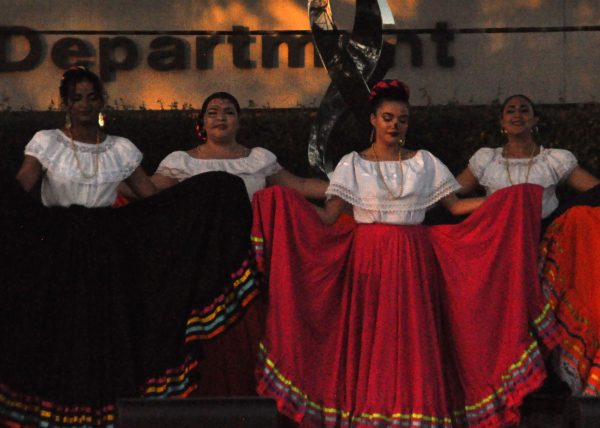Formula of a Hydrate Lab
February 6, 2019
On Jan. 18, Mrs. Lara’s chemistry class performed a lab in order to create a formula for a calcium sulfate hydrate. The class focused on the effects that high temperatures had on the hydrate and took notes on the chemical changes that occured.
Sophomore Michael Bilodeau personally finds hands-on labs to be a joyful and great learning experience. Procedures such as the heating of the hydrate give him better insight than regular notes would.
“I like how I get the visual reaction, and the way everything takes place,” Biladeau stated. “My experiences with this lab help me study the material and information around this a lot better.”
Students such as sophomore Jesus Wilkins enjoy doing labs and find the experience exciting when doing laboratory procedures. He finds the thrill of what is to come intriguing. Wilkins found that the actual lab was intimidating at first since the crucible below the fire is very fragile.
“The pressure on this lab was higher than usual, but I luckily don’t fold,” Wilkins said. “While there were hiccups along the way, everything else was done flawless.”
Ms. Lara makes sure that everyone is safe at all times especially for a hydrate lab involving fire. She made sure to emphasize that it is important to be cautious around the open flame and to not get burned when touching the crucible.
“I emphasize lab safety – they have to pass the lab safety quiz,” Lara stated. “And I go over the lab safety right before the lab in order to remind them of the safety procedures specifically for this lab.”
By the end of the period, everyone was done weighing the mass of the hydrate and were cleaning up. Using the data from the lab, students applied it to find the coefficient of the hydrate formula. The lab at the end came together smoothly, and most importantly students learned how to use data in order to find the formula for the hydrate. This will help them on their next lab where they are in charge of the procedures.








